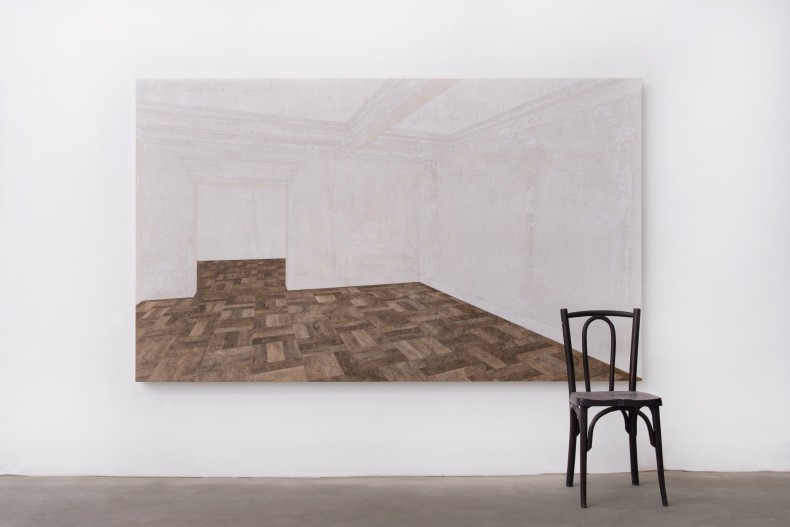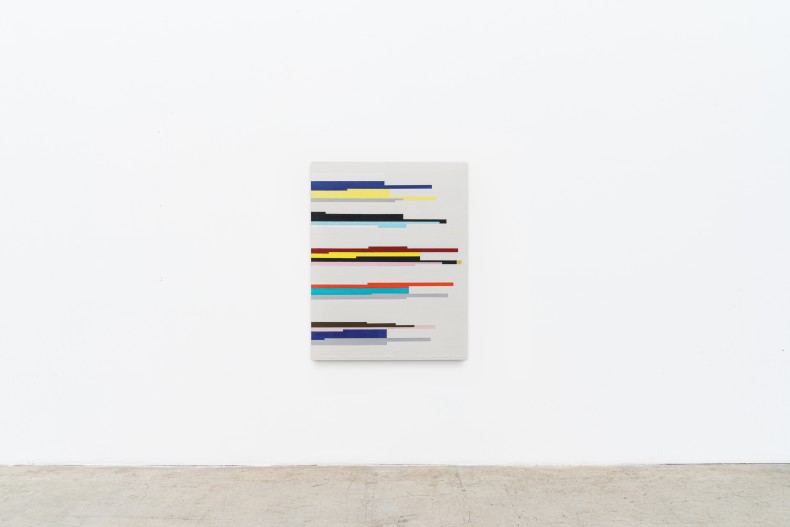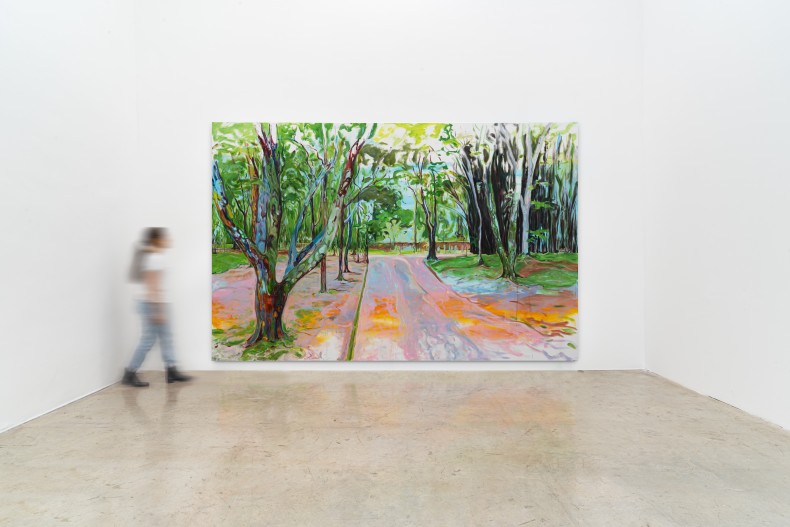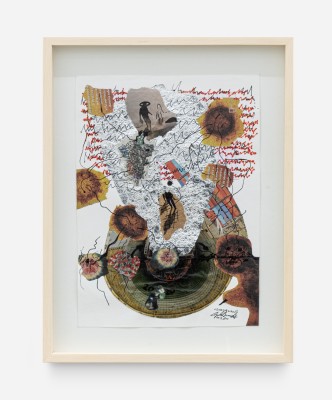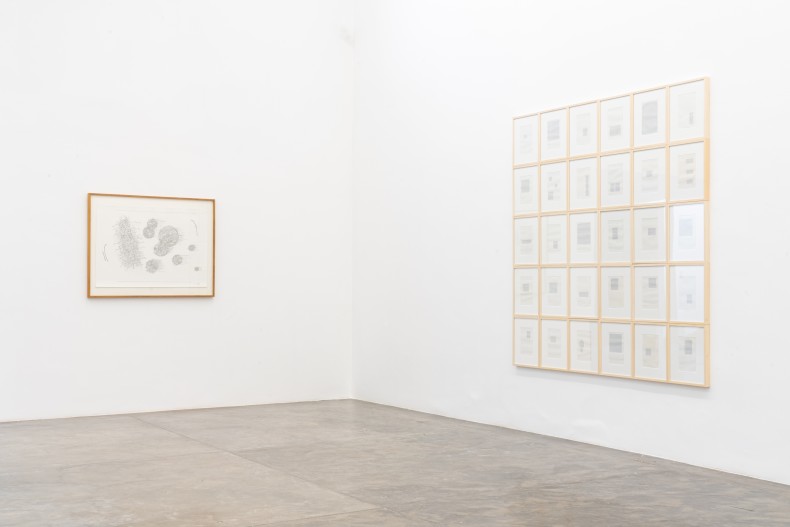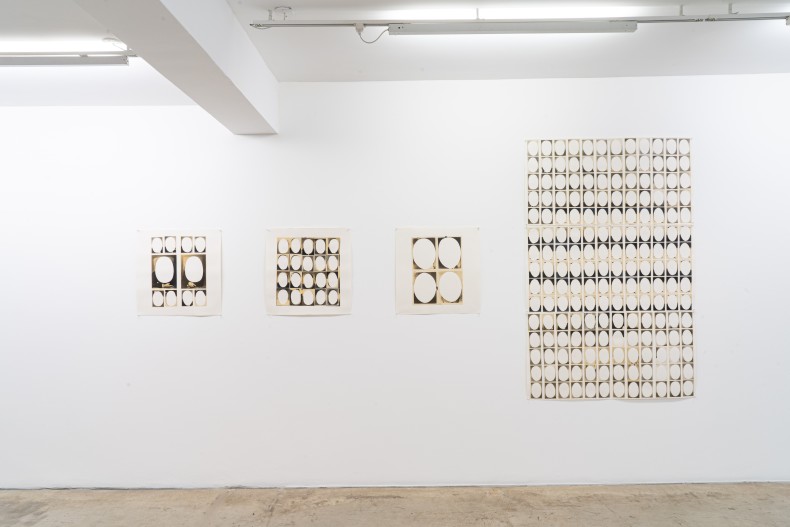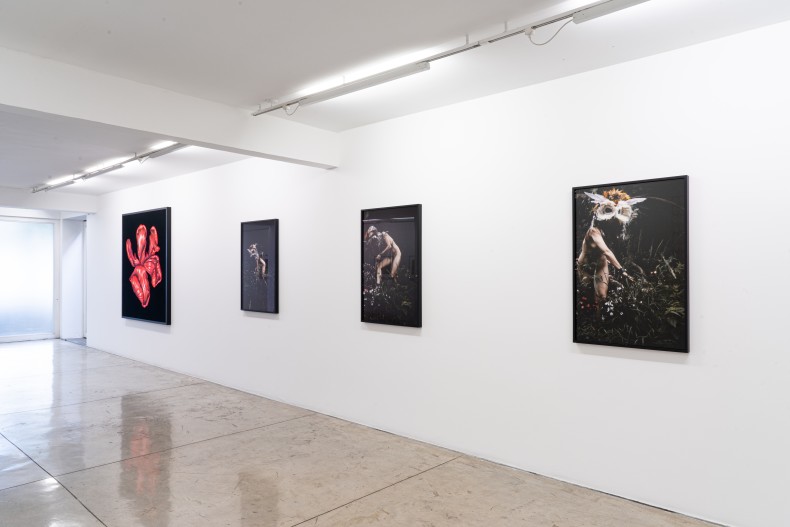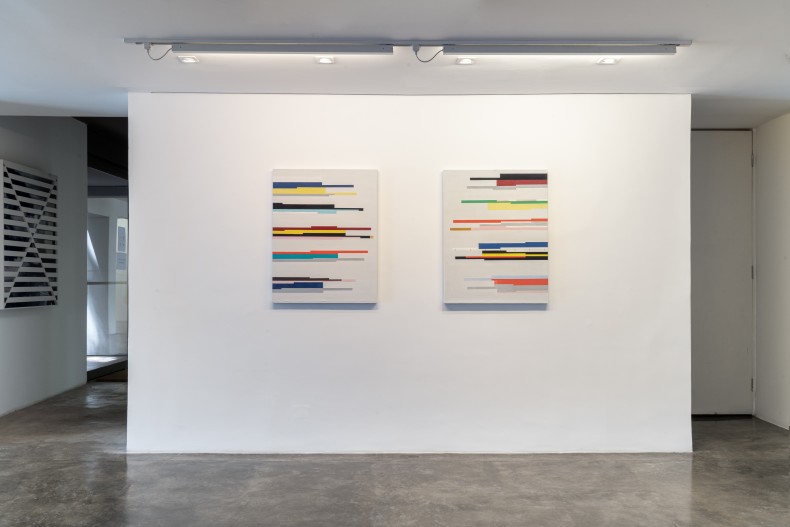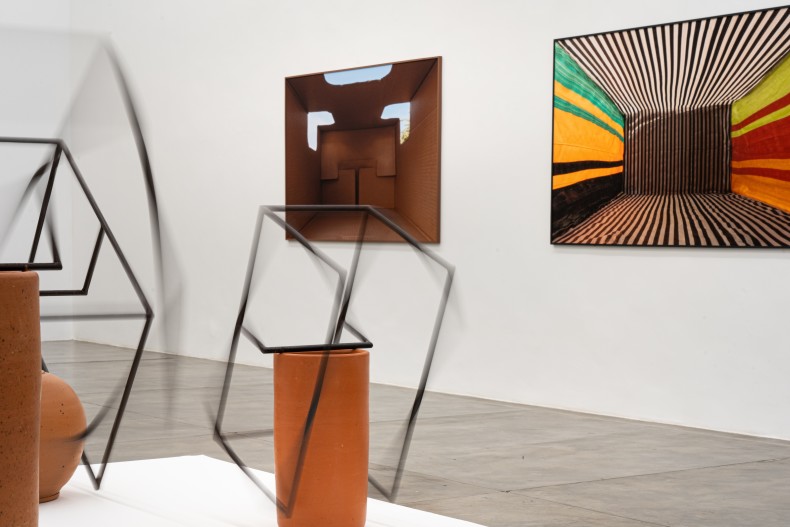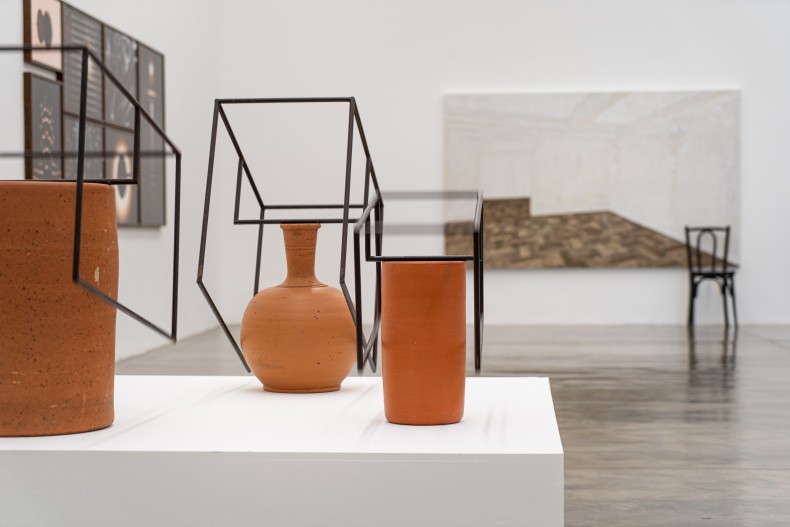In Waiting: Works Produced in Isolation brings together a selection of works produced during isolation by various artists represented by Nara Roesler—thoughts about seclusion have traditionally been in opposition, many have considered it to be an inconvenience and cause for anxiety, while others believe the condition allows for one to achieve unequaled perspective—ultimately, as poet and author Tishani Doshi wrote 'Solitude exaggerates everything—beauty, danger, terror, calm. Solitude is in effect, a search for intimacy, a search for ourselves.' The result is a myriad of responses and with this, the exhibition comes as a result of undertaking the difficult task of presenting works according to a time or situational criteria, without imposing a certain expectation or preconception in the type of reaction one seeks to showcase, while also seeking to avoid a mere chronological cutout. One does not want to define a tone of either positivity, hope, suffering, or melancholy, as this would go against perhaps the most intriguing aspect of the artistic production of this time, that is how every individual has come to engage, deal and respond to the unique circumstances that have befallen us. In Waiting: Works Produced in Isolation is an exercise in presenting works that came about due to the prolonged period of mandatory isolation during the pandemic, in whatever form, but that share a common characteristic in having emerged due to the particularities of the past few months. The exhibition works to present the multi-faceted nature of the recent experience, it evokes its monotony, its solitude, its insulation, and how it encouraged some to dream of wide-open spaces, some to stare at themselves, their ceilings or floors, and others to revisit long lost work.
Amidst the wide variety of practices of and engagements with the quarantine, it is interesting to note that there seems to have been three overarching approaches within In Waiting: Works Produced in Isolation. The first takes shape in a process of looking inwards. In this sense, Fabio Miguez speaks of a feeling of laziness, of boredom, of idleness, whereby he stared into the interior of his studio and began experimenting with the patterns and physicality of his carpet, and its inherent banality. Laura Vinci's photographs are snaps of drying herbs in her own kitchen—like an impromptu still life—in a dark, lull, and silent space of solitude. While Marco Chaves's 120 Dias [120 days] is the result of one-hundred-twenty days in isolation, during which the artist produced one photograph per day capturing the interior of his home, as well as the exterior seen from the inside, creating a series that embodies the cadence of the quarantine, and the stillness that draws attention to the minute details of our surroundings, bringing into focus the often unperceived ordinary. The second form of reaction stems from a longing for the outdoors—or perhaps more widely for freedom—for example, Maria Klabin's Jardim [Garden] is a large-scale painting of an oneiric landscape appearing to be on the verge of either consolidating or dissolving, embodying the sentiment of waver and uncertainty embedded in the process of waiting for better times. Vik Muniz reflected upon a place that transcends physical or geographical context, but rather is able to temporarily exist exclusively in someone’s memory, evoking the mind as a place to explore freely, when one is physically restricted. Alternatively, isolation, or the lack of exchange with the external, triggered in others a desire to look back into what they already had, and delve deeper and more intensely into pre-existing bodies of works. Notably, Virginia de Medeiros returned to earlier, unfinished archives with a new perspective, allowing her to complete a series she had previously been unable to. Brígida Baltar found new ways of engaging with her iconic house bricks, extracted from the walls of her home in the 1990s, in a series of brick sculptures of breasts, which in their individuality capture the diversity of the female experience, and offer a reflection not only on the artist's own biography, but also on its significance during this time.
Ultimately, In Waiting: Works Produced in Isolation brings an opportunity to delve into the different experiences of seclusion, and how the unprecedented nature of this year's circumstances molded practices within Nara Roesler's artistic community. Perhaps, in view of such an unusual scenario, the exhibition presents an unusual combination as well, proposing dialogues between artists that have never or have rarely been shown side by side; but, whose juxtaposition, in light of the pandemic, come to make sense. Their works unite under the common, yet infinitely diverse experience of 2020, offering a reflection on the multi-faceted understandings, internalizations, and expressions of the year's day-to-day and its consequences.
